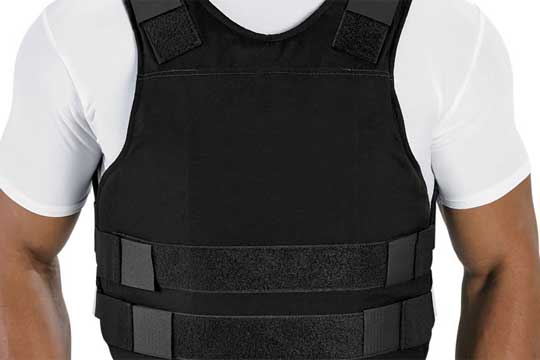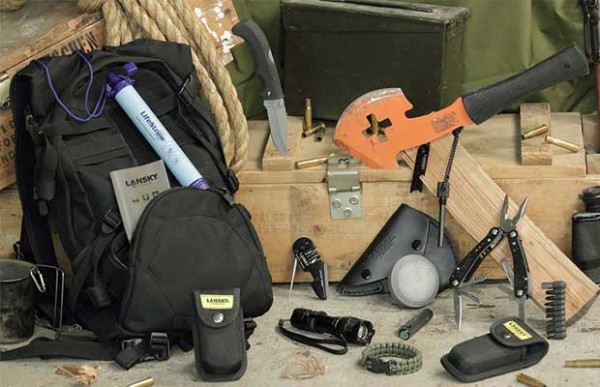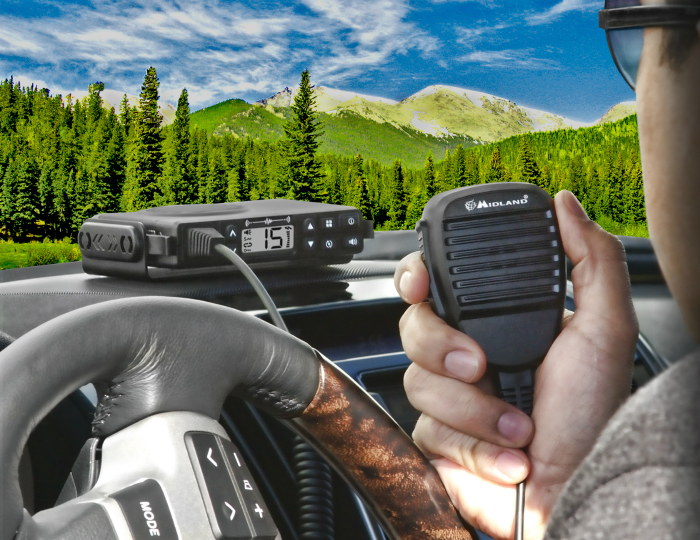Survival tips: How to camouflage yourself in the wilderness
10/06/2021 / By Virgilio Marin

Being able to camouflage yourself in the wilderness is useful when you’re bugging out or hunting. It will also come in handy when you’re trying to hide from dangerous people in a survival situation.
But remaining unseen while trying to cover a long distance is extremely challenging. It’s easy for people to spot you if you lack the right outfit and practical knowledge needed to move stealthily in the wild. Below are some things you need to keep in mind to camouflage successfully. (h/t to Survivopedia.com)
Securing the right camouflage patterns
One of the most effective ways to stay hidden in the wilderness is to wear camouflage clothing. In the United States, donning camo prints is not restricted to military personnel.
There are various camo patterns to choose from, but the most widely used is the Disruptive Pattern Material (DPM). The British military used DPM before replacing it with the Multi-Terrain Pattern (MTP), which is widely used in woodlands.
You can wear either of these two patterns or try three-dimensional camo clothing, such as ghillie suits, to blend in better. The latter is harder to spot in the wild and does a better job at covering your silhouette and shape than two-dimensional prints.
Tips to camouflage effectively
You can employ the following techniques to better conceal your presence in the wilderness.
Shape
Things are easily recognized by their shape, especially when they contrast their surroundings. To avoid getting spotted by your shape, you need to obscure your body’s outline. Attach any material that resembles your surroundings to your sides.
Shadow
Your shadow will be cast in both sunlight and moonlight and this can give away your presence. To stay hidden when exploring the wilderness, always stand in the shadows of trees, boulders or other tall structures.
Keep in mind that shadows change position with the movement of the sun and the moon. Adjust every several minutes or every time you shift direction to keep your shadow hidden.
Surface
The texture of your skin, gear and other items you have with you can stand out in the wilderness. This is where camouflage patterns come in. Wear DPM, MTP or other prints when bugging out to cover your skin. Meanwhile, cover your face and gear with scrim net scarf or paint your face with mud or camo cream. Don’t forget to cover shiny surfaces as these can glint in the light.
Silhouette
You’re very visible when you’re silhouetted against a light background. When you’re walking across the top of the hill during sunset, for example, your figure will cut a distinct shape in the horizon.
Avoid flatlands, hilltops and other similar areas to stay hidden. Instead, choose locations topped with trees, bushes, hedges and the like and stay low to obscure your silhouette when you’re traveling in the light.
Spacing
When you’re traveling in a group, it’s important to pay attention to your group’s spacing. Objects in nature are spaced irregularly. If you and your people are spaced evenly and move at the same pace, that can attract attention.
So when bugging out with your family or with other members of your survival group, spread out to blend in with the natural elements of your surroundings. (Related: Hiding in plain sight: Keep a low profile and make your bug-out location inconspicuous.)
Movement
Stealth is key to staying hidden when you’re moving. Learn how to move silently through the woods when an observer is within your vicinity. Walking on bare grounds and capitalizing on nature’s sounds can help reduce the noise you make.
Light
Avoid carrying a torch or other man-made sources of light when traveling at night. Your eyes will adjust to the dark. And if the moon is out, it will illuminate your path.
Camouflaging yourself in the wilderness is an excellent survival strategy when you’re bugging out, hunting or avoiding threats. Employ the tips listed here to camouflage successfully.
Sources include:
Tagged Under: bug out, camouflage, how-to, hunting, off grid, preparedness, prepper, prepping, self-defense, Stealth, survival, survivalist, tips, wilderness
RECENT NEWS & ARTICLES
COPYRIGHT © 2017 GEAR.NEWS
All content posted on this site is protected under Free Speech. Gear.news is not responsible for content written by contributing authors. The information on this site is provided for educational and entertainment purposes only. It is not intended as a substitute for professional advice of any kind. Gear.news assumes no responsibility for the use or misuse of this material. All trademarks, registered trademarks and service marks mentioned on this site are the property of their respective owners.




















